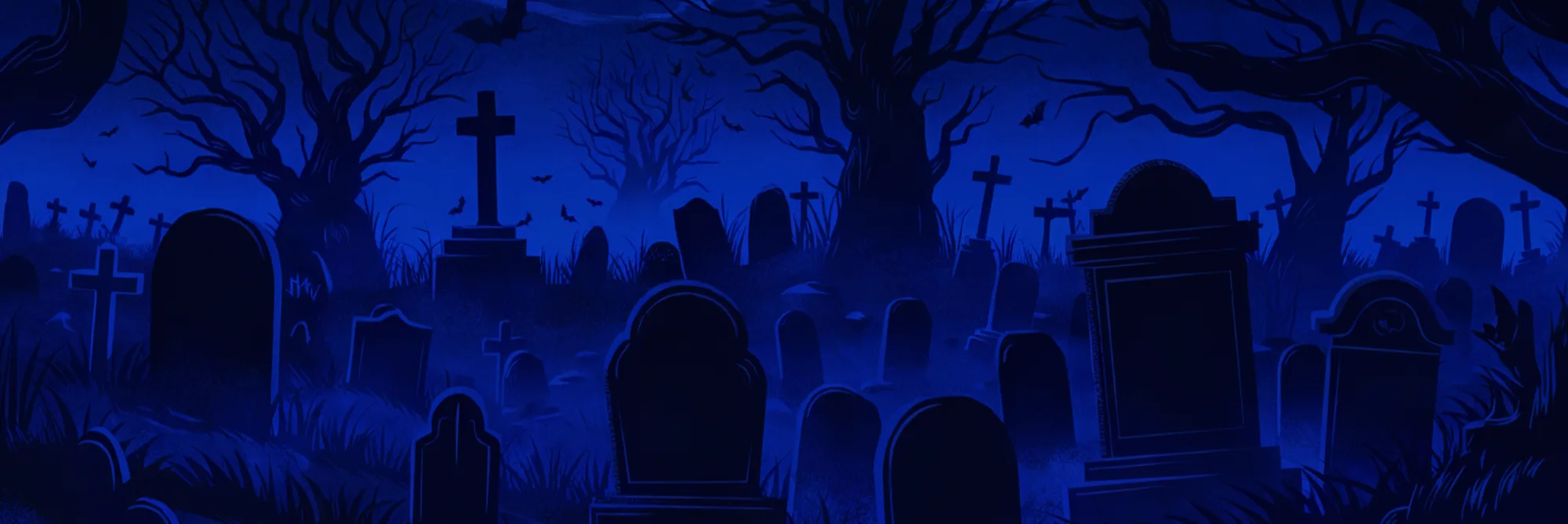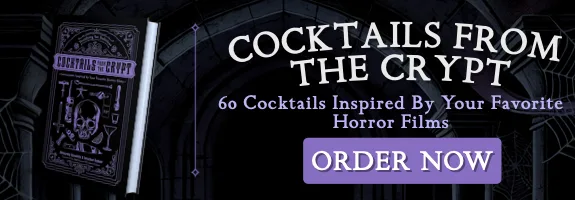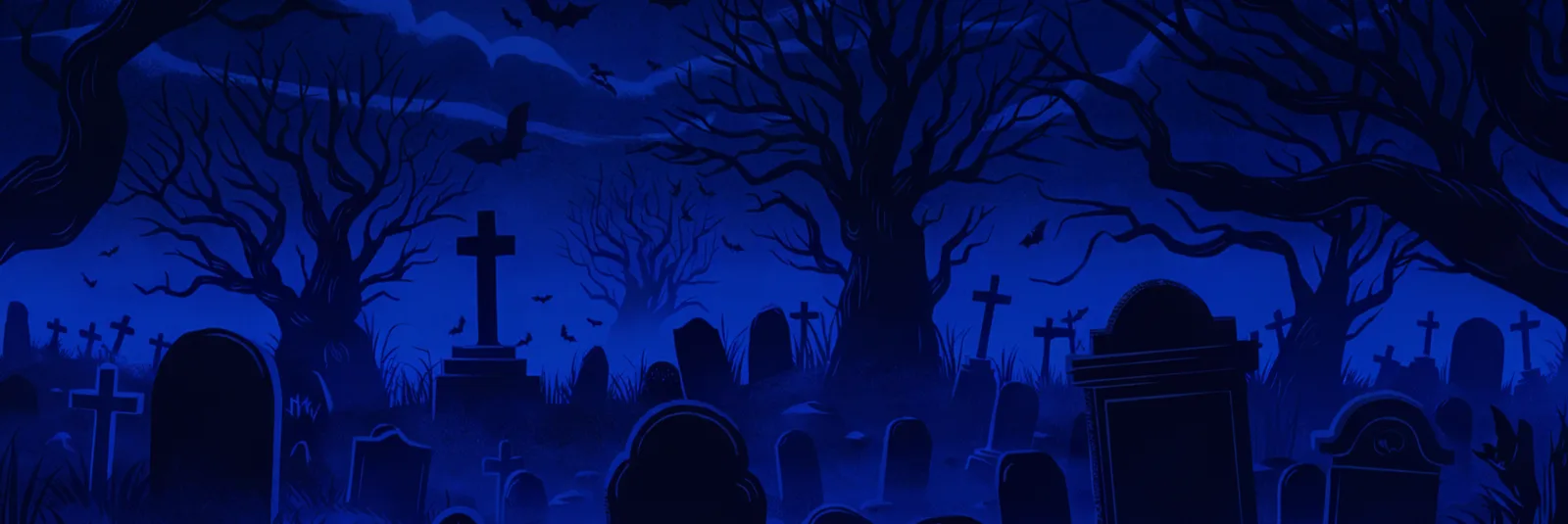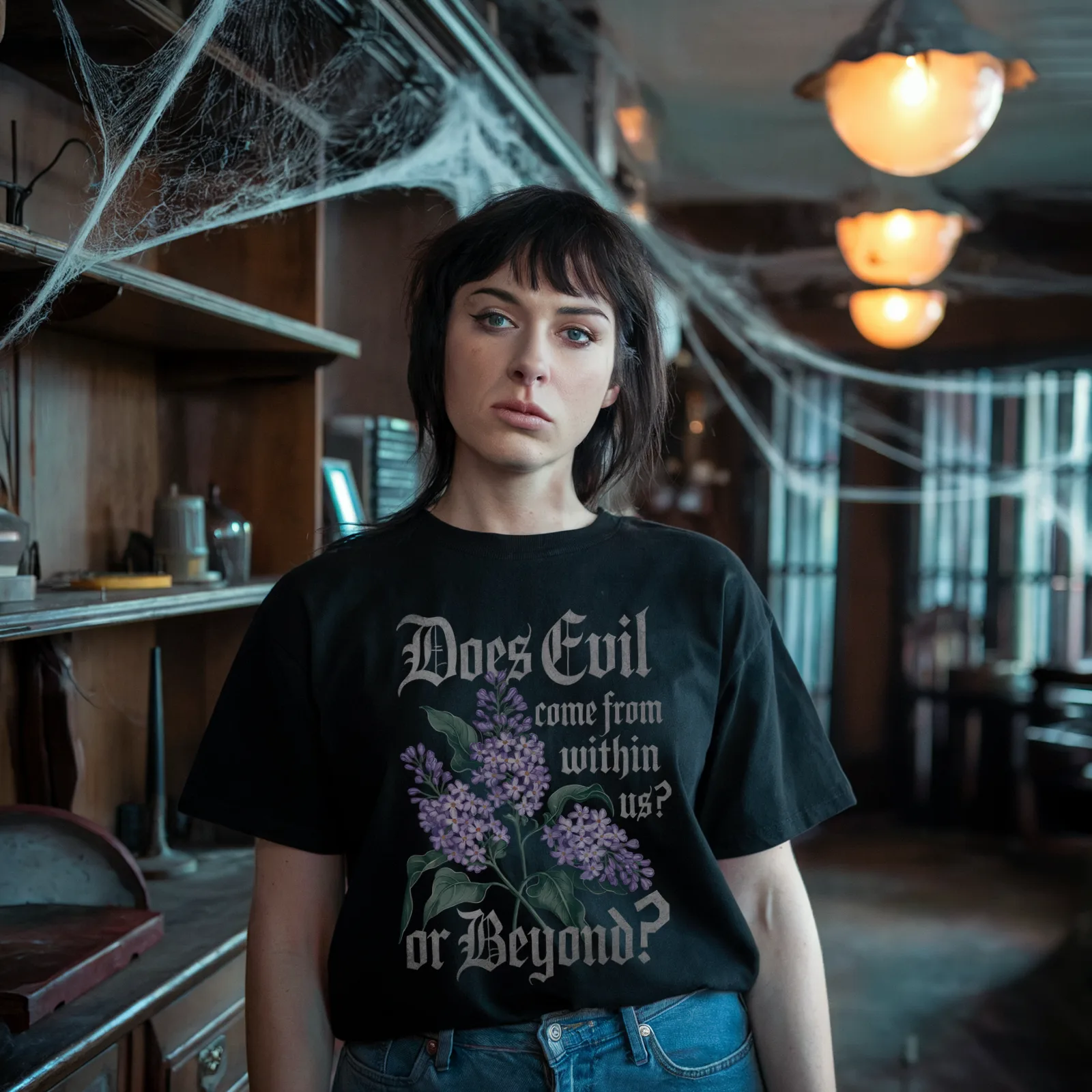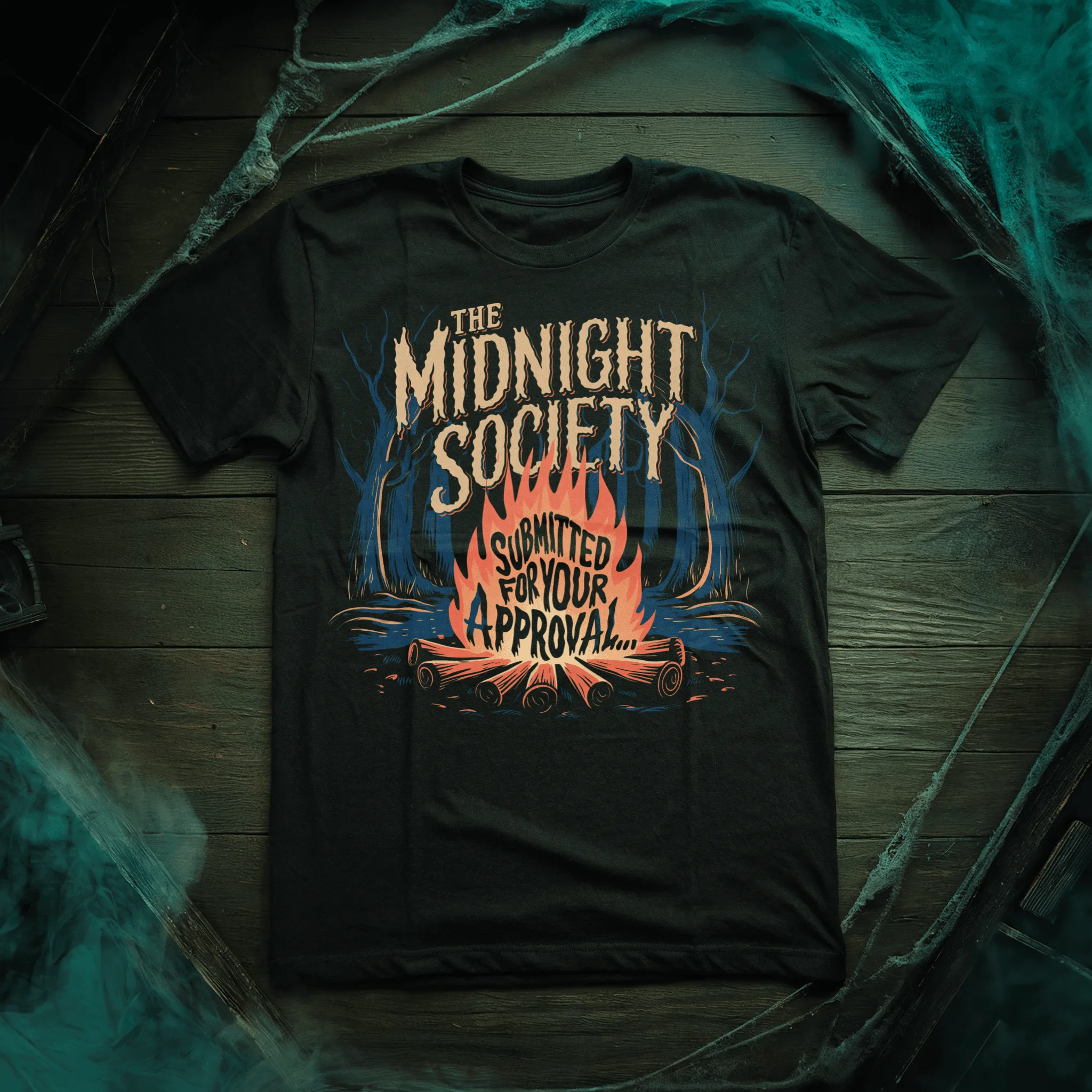Taking drugs can bring up a wide range of emotions: anxiety, euphoria, numbness, the feeling of immortality or being connected with nature. For those who don’t want to take the risk, they can experience a second-hand trip through a drug movie, without experiencing the legal or social consequences. The Wave is a wild ride that follows Frank (played by Justin Long), an insurance lawyer who celebrates a breakthrough with a night out, eventually taking a psychedelic drug to impress a girl he meets at a bar. He wakes up the next morning, realizing he’s late for an important meeting with the higher-ups. Even worse, he is still tripping on the unknown drug which has the ability to warp both space and time.
I spoke with director Gille Klabin and writer/producer Carl W. Lucas about making their first feature on a small budget and the philosophical concepts of psychedelia.

Chris Aitkens for Nightmare On Film Street: Where in the world are you two now?
Carl W. Lucas: We’re both in Los Angeles. We shot the film in Albuquerque, New Mexico, which is where I’m originally from. But I moved out here in 2011, which was shortly before I met Gille, and we have been basically trying to come with a project that both of us wanted to work on since 2013. In 2014, I finished the script for the Wave. I wrote it specifically for Gille, and I wrote it with Gille. The two of us collaborated from almost day one, going over the different types of things that we could do.
NOFS: Where did this idea come from?
CWL: When I met Gille, I was incredibly impressed with his abilities as a visual storyteller. He was doing a lot of music videos for Steve Aoki and some different folks at the time. A couple of the videos just stunned me. And as he was humbly bragging about the incredibly small amounts of money that he had to work with, myself being a low-budget producer, I was very excited with the idea and the concept that we could take those type of visuals and put them in a low-budget film that would be as visually entertaining as it was telling a really cool story. I started trying to come up with a project the two of us could work on together. At that time, I was reading a whole lot about Roger Corman and was studying what being a successful independent film producer used to be like compared to what it is now. And in that research, I stumbled across his movie called The Trip, which is a film he directed back in the ‘60s.
He was basically playing with the idea of society’s fears, like monsters and spies. He thought that specifically a drug movie is the kind of thing that people might respond to. I wanted to play with that because I thought Gille’s visuals would attach itself really well to that type of story. Then that fell into place with a personal story; I had a family member who passed away unexpectedly, and, very similar to the plot of the film, an insurance company came in and dug through a bunch of decades-old medical records, eventually denying his life insurance claim that his family and daughter desperately needed at the time. I started playing with the idea of what kind of a person would do that. By working it out in my own head and coming to terms with the humanity of a person like that, that’s where the Wave came from.
“I can’t shy away from the fact that I have dabbled in those chemicals, and I wanted to create visuals that were akin to my own experiences in that world.”
NOFS: Were you guys previously into psychedelic art, either music or cinema?
Gille Klabin: Well, beyond the sheer aesthetics of psychedelia, I was more into the conceptual side. The profound philosophical effects that sort of family of drugs has on people is massively interesting to me, and the thought of getting across some of the more revelatory epiphanic elements of psychedelia was hugely appealing. That’s why I was drawn to the script when Carl first presented it to me. The core ideas, the essential philosophy, the idea that it’s not about you, realizing the commonly shared humanity. Also, I can’t shy away from the fact that I have dabbled in those chemicals, and I wanted to create visuals that were akin to my own experiences in that world. Yes, it can be scary. Yes, it can be discombobulating. But it’s also strikingly beautiful, and a celebration of life and nature and everything.
NOFS: So Gille, you also worked in the visual effects department for this movie. Did you have a clear image of what you wanted this movie to look like?
GK: Yeah. I’m not a VFX artist by trade, it’s just something I’ve had to do because I come from low-budget music videos. So I had to learn on the job all the time. So I started wanting to create that quasi-painting-like surreal breathing imagery of pschedelia. For years, I would just take footage from jobs and just run them through all these different processes until I found something that, to me, felt like it earnestly representative of psychedelic visuals, which surmounted to essentially exporting every shot as a sequence of images, then running those image sequences through Photoshop. I would just hone in, year after year, practicing with different shots I got from different jobs, until I found a look I really liked. Honestly, once we started shooting the Wave, in the VFX process, there was a ton of trial and error. That boardroom scene in the middle of the movie, that had seven iterations. Version One of that was also weirdly psychedelic visuals, but you do one, then you look at it and decide it looks too cheap or too fake. There was a lot of discovering on the job, but I can quite proudly say that we definitely invented a bunch of workflows and processes that have not been done before.
CWL: And for good reason.
![[Exclusive Interview] How Tragedy and Psychedelic Drugs Inspired Gille Klabin and Carl W. Lucas To Make THE WAVE 10](https://nofspodcast.com/wp-content/uploads/2020/01/TheWave_4096x1716_stills00086429.jpg)
NOFS: You were saying that this movie took five years to make. What was the process that took the longest amount of time?
GK: Casting, hands down. Carl had produced a bunch of movies but this was the first time he was producing his script, so that made him new in a lot of people’s eyes. And I was a complete nobody. So to get people to consider us seriously, it was already an uphill struggle, let alone asking some big-time actor to be in our movie, who would be so beholden to their schedules, we would have to ask actors one at a time. Then it’s up to the actor and their agent, based on how quickly they read the script. By the time they gave us a “no,” the entire pool of actors we were going to go to next had all changed. If I’m not mistaken, it was roughly two and a half years just to cast.
CWL: I think technically more. I think it was almost three years to cast the film. It was really hard, because it wasn’t just that, it was also the matter of us not wanting to just cast anybody. We started going down the path of looking at actors we hadn’t originally considered to play Frank, so there was a period of time where we were reconsidering the entire tone of the film to fit an actor who wasn’t as comedic. In the end, it came full circle, because we landed with Justin Long who was on our original list of people we wanted from the get-go, we just didn’t think we had a chance. He was instantly enamored with the script and was intrigued with Gille’s work at that point, and he said “You know what? I’m not doing anything in October, let’s take a chance.” It really paid off for us.
GK: It also helped. All those years, it gave us time to redraft the script and make sure everything felt tight. It gave us time to create storyboards which we then turned into animatics, and we had continuous visual effects tests. We didn’t squander that time, we used it as pre-production. By the time the product landed in Justin’s lap, it was refined. He felt at ease coming on board because it was clear we had done our homework, because we spent three years in limbo just trying to be as ready as possible, as we were beholden to the whims of these actors.
“…what Gille and I really wanted to create was a movie you didn’t immediately forget. I want people to have a discussion coming out of the movie.”
NOFS: Do you think by the time you work on the next project, you’ll be able to streamline any of that process?
CWL: I think I learned a whole lot of pieces that I absolutely want to have no matter what. I also have a timeframe now of how long each of those pieces will take to do. I feel I can absolutely streamline that process, but I don’t think I would want to make a movie without it. The amount of preparation that went into this film is one of the reasons why the film works as well as it does.
GK: Yeah, I second that. I wouldn’t do a drop less of pre-production that we did on this, just from the sheer fact of preparation. There’s so many moving pieces, so as much as you can come in with concrete plan and framework, the better your film is going to be. Particularly when it comes to actors. We shot this entire movie in 20 days, and they were 12-hour days, five-day weeks. And we treated our crew the way we wish we had been treated on previous projects. So we had to be a well-oiled machine. When it comes to actors, these are the busiest people on earth, and getting time with them is not a luxury you can afford, especially not at our level. So we wanted them to be able to step on set and be free to explore the humanity of the role they’re giving us. And that exploration doesn’t work if you’re still pulling your shit together. If you’re still wrangling around, and nobody really knows what they’re doing, and you’re figuring that stuff out on the day, you’re eating away at the precious commodity of your time. So our team was a refined, familiar working force, and when the actors came in, we could afford to take a couple of takes to let them explore different tones.
CWL: It’s one of those things where I’ve been begging directors that I have been working with—this isn’t me complaining about my former directors—but the concept of doing storyboards, not just of sequences but transitions between scenes. This was the first film where there was very little waste in terms of set-ups, because we had all the pieces, we knew what we wanted. We were smart about a lot of stuff; we kept the scene count down, we kept the number of cast members down, we kept the number of locations down. We wanted to keep the focus on Justin, he’s in every scene, so that helped a whole lot in creating the tone of the film—which is like being on a ride, locked in with Justin—but it also simplified the production because we didn’t have to bounce all over town, and get shots of Cheryl at the store getting her credit card declined, or of all the different side characters. It really saved us a lot of time. That’s a thing you don’t normally have on indie films.
![TheWave 4096x1716 stills00086421 e1579372199791 [Exclusive Interview] How Tragedy and Psychedelic Drugs Inspired Gille Klabin and Carl W. Lucas To Make THE WAVE 11 TheWave 4096x1716 stills00086421 e1579372199791](https://nofspodcast.com/wp-content/uploads/2020/01/TheWave_4096x1716_stills00086421-e1579372199791.jpg.webp)
NOFS: You two have worked in different departments in the past—I’m purely going off of what I see on IMDb—Carl, you worked in craft services, and Gille, you were a camera operator. What did you learn from working behind the scenes of these other projects?
GK: You learn everything. You learn the reality of what your departments need to operate well. You learn the value of communication and transparency. I’ve been treated like shit on so many jobs, and I’ve been treated well on very few. I know I do better work when I’m treated with some humanity. The only departments I haven’t worked in are sound, costume, hair and makeup, but I could speak shorthand with every department, because I knew, at least vaguely, how to do what they were doing. So I could speak clearly to them about what I needed from them. When you’re working with tight turnaround and not many hours left in the day, it helps to have a shorthand with people. Above all else, I was wildly appreciative of everybody because we couldn’t pay them what they deserved. We didn’t have much money to throw around so I made sure they at least understood that I value them, because I really did, I still feel indebted to every single person who gave us time. That morale, for me, makes a huge difference. We noticed that on set as well; nobody felt taken for granted, nobody felt underappreciated. There was a real family vibe on the shoot because I think that’s what it takes to pull off ambitious shit like this. We were definitely overstretching but I feel like we pulled it off because we have the support of a team acted like a united force.
CWL: We’re definitely a family, even after the movie’s been made. Heck, we’re all getting together tomorrow night. We’re all incredibly close. A big chunk of us all went to Austin together for the premiere at Fantastic Fest.
“This was not meant to be overly complicated, it was meant to be something people can lose themselves on a ride.”
NOFS: Compared to Fantastic Fest, are you seeing a different response now that the film is in select theaters and soon releasing on VOD?
CWL: I think we’re seeing a bit of a disconnect. We found our people and they are overwhelmingly enthusiastic about the film. Then there are naysayers, and rightfully so, this is not a movie for everyone. I would have been very surprised to discover that everybody was absolutely attached to our drug-fueled movie about an insurance lawyer who screws over a family, then runs around cheating on his wife and doing cocaine. But the outpouring of support from the regular community of film-goers that is slowly creeping in through social media has been incredible.
GK: We always figured we’d land with 30 percent of people who were into some of the more philosophical leanings of our movie. But I think we were really trying to make what Carl coined as “pop existentialism.” This wasn’t going to be some lofty, high-brow, academic study of these different societal structures or the more extreme philosophical breakthroughs of psychedelia. This was meant to be a piece of entertainment that provoked some thought and conversation. And there’s a lot of people clicking with that. The more high-brow the reviewer, the more they dislike that we made it accessible. This was not meant to be overly complicated, it was meant to be something people can lose themselves on a ride. Carl phrased it the best; “At worst people can think of this as an adult Liar Liar, and at best, they can say that it stimulated some philosophical discourse.”
CWL: It’s a puzzle movie at its heart, and a lot of people might be watching it on a surface value, they don’t go to the movies looking for puzzle pieces and, as far as they’re concerned, if I don’t lay out everything in a very clean and concise manner, the movie doesn’t make any sense. And they’re not wrong. That’s their preferred way of watching cinema. But what Gille and I really wanted to create was a movie you didn’t immediately forget. I want people to have a discussion coming out of the movie. Your friend can say “Yeah, that was cool. I just didn’t understand understand how they were traveling through time.” And then you would say “Well, they were breaking the clocks!” It engages conversation. We wanted to make something that makes it worthwhile to go get pie after. I’ve tried to eat pie after a movie ever since I saw True Romance.
![[Exclusive Interview] How Tragedy and Psychedelic Drugs Inspired Gille Klabin and Carl W. Lucas To Make THE WAVE 12](https://nofspodcast.com/wp-content/uploads/2020/02/TheWave_4096x1716_stills00086471_AltD.jpg)
NOFS: Do you have anything you’re working on right now? Carl, I see you might be working on a western?
CWL: Yeah, I’ve been kicking that one around for a little while. We had an investor and some folks ready to go on that, but now everyone’s cooling their jet sand waiting to see how the Wave does. I’m being assessed. I’ve been trying to make this western for a very long time. it’s a classic gun-slinger western story but told from the unique angle of people suffering from mental illness in the Old West, and having no recourse or name to call it. I also got another trippy sci-fi horror thing that is just starting to make the rounds, so we’ll see what happens.
GK: I’ve given my lifeblood to this movie, even cutting the trailers and making all the social media posts. I’ve still got another month of that before I can full focus on other stuff. I have some projects that Carl and I are working on together, and some stuff of my own, but it’s too early in the process that talking about it sounds masturbatory, but some things I hope will come to fruition.
NOFS: Gille, I know you do the occasional music video. Is there an artist you would love to work for?
GK: Two artists that it would be my dream to work with are Tame Impala and Glitch Mob. We used a couple Glitch Mob tracks in the movie actually, which was a real joy—an expensive joy—but a joy nonetheless.
NOFS: Anything else you want to say? Anything else you want the public to know?
GK: Just overwhelming, gushing, nerdy joy that any of you are taking the time to watch our film. The reason Carl wrote the script in such a compact efficient way is because we were going to do this film by ourselves, on the weekend, shooting at our homes, and exploiting favors from friends. The fact that it snowballed into this bigger movie recognizable faces and now people are parting with their hard-earned cash just to watch it, despite me offering to send them all pirated links—
CWL: (laughs) Stop doing that!
GK: It’s so overwhelmingly life-affirming and rewarding dream of making something that can affect somebody in any way, let alone in a positive way. So thank you to everyone who has taken the time and spent the money to watch our movie, who are keeping us on the charts on iTunes. And a pre-emptive thank-you and plea to anyone who is vaguely interested in any of these concepts that we’re discussing to give our film a shot, because honestly, each rental is borderline life-changing.
“It’s so overwhelmingly life-affirming and rewarding dream of making something that can affect somebody in any way, let alone in a positive way.”
The Wave is now available on VOD. Read our review HERE, and be sure to let us know what you thought of the films on our Facebook, Reddit, and Twitter pages!

